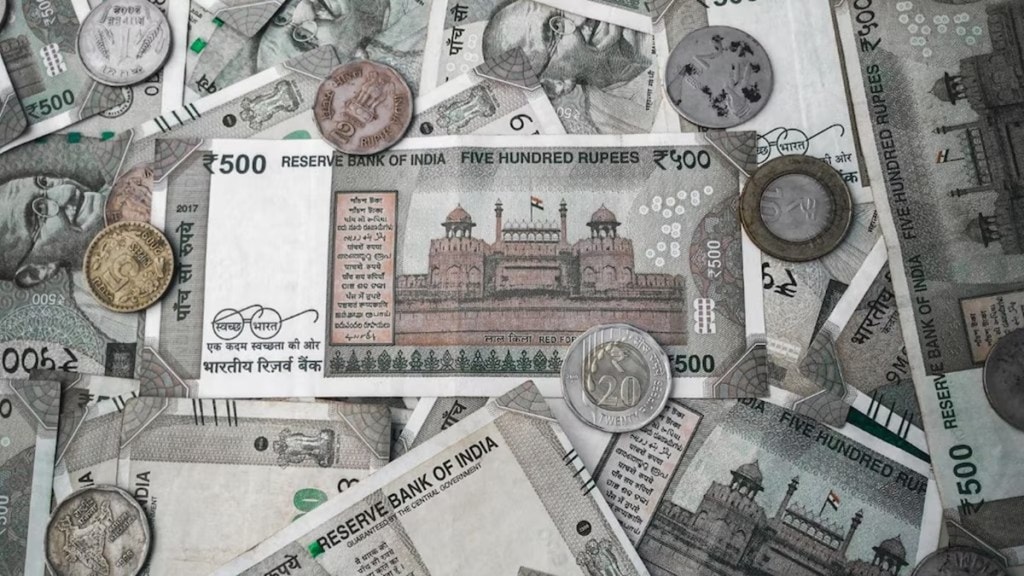With the Reserve Bank of India (RBI) revising its GDP growth forecast for FY26 to 6.5 per cent from 6.7 per cent estimated earlier on account of impact of global trade and policy uncertainties, Morgan Stanley too lowered its growth estimates for the current financial year by 40 bps. Upasana Chachra, Chief India Economist, Morgan Stanley, said, “We lower our FY26 GDP growth estimate 40 bps, to 6.1 per cent and expect a slower recovery in F2027 – 6.3 per cent vs our prior outlook for steady growth of 6.5 per cent. This reflects uncertainty stemming from changes in trade and tariff policies which weigh on external demand and business sentiment, hampering the capex cycle. We expect growth to trough in QE December 2025 at 5.7 per cent from 6.2 per cent in QE December 2024.”
Inflation, per the brokerage firm, is likely to be benign and will average 4 per cent in FY26 with the trend in the next few months remaining decisively below the 4 per cent mark. Furthermore, slower growth and lower inflation, it added, should allow the RBI to respond with a deeper easing cycle. “We now build in cumulative easing of 100bps and expect two more cuts in 2025. A deeper-than-expected downturn would likely lead to more easing by the RBI and potentially a pause in the fiscal deficit consolidation for FY26,” Morgan Stanley said.
It further added that risks from global capital flows or volatility in currency could make it more challenging for policymakers to address growth risks. “On the upside, resolving the uncertainty caused by changes in tariff policies if the US were to strike a deal with China in a timely manner could improve the growth trajectory,” it said.
Slower growth path owing to uncertainty and slower global growth
Morgan Stanley lowered its forecast of India’s growth by 40 bps for FY26 to 6.1 per cent, reflecting how tariff-related uncertainty weighs on global trade and growth. “Even as the US administration has delayed reciprocal tariffs on all countries barring China for a period of 90 days (baseline tariff set at 10 per cent), opening up the possibility of negotiations and deals, the changes in tariff policies pose uncertainty which will weigh on business sentiment,” Upasana Chachra said.
Morgan Stanley’s US team has lowered its growth forecast to 0.6 per cent (4Q/4Q) for QE December 2025 – a cumulative cut of 90bps from its earlier estimate. “In our base case, we assume that India and the US will be able to conclude and implement a bilateral deal over the next few months. However, to the extent tariffs between the US and China remain at elevated levels, global growth and trade are likely to take a hit,” the brokerage firm said.
Where are we in the growth cycle? Per Morgan Stanley, India’s growth cycle has been on a gradual cyclical recovery following a partially policy-induced slowdown in H2CY24. “As such, high frequency data are improving from the trough in QE September 2024; however, the trend is not indicative of a broad-based recovery. We expect growth to have recovered to around 6.7 per cent in QE March 2025, but the drivers are tilted towards pickup in rural demand and government spending, while private capex remains weak,” it added.
Global linkages and impact on outlook
In the context of the current trend in growth, Morgan Stanley said, “We see that risks to growth stem not just from the direct impact of lower demand for exports to the US but primarily from second-order impact of slower global growth and impact on business sentiment.”
India’s exports of goods are approximately 12 per cent of GDP, one of the lowest levels amongst Asian economies. Further, goods exports to the US are approximately 2.1 per cent of GDP, while exports excluding pharma and energy are 1.7 per cent of GDP – the lowest amongst Asian economies.
1) External demand and capex cycle: Even as the direct trade exposure for India is low, per Morgan Stanley, the worry is around the second-order impact as slower global growth and dent in business confidence weigh on the capex cycle and consequently consumption.
2) Impact on terms of trade and pricing power: Slower global growth often leads to lower global commodity prices, as is evident in the decline in oil prices of around 22 per cent YTD, which affects the terms of trade for India positively. Yet at the same time, the brokerage firm said, this could hurt the pricing power of the corporate sector, especially in tradeable areas, further weighing on corporate profitability.
3) Capital flows: Capital flows are an important link to the macro outlook of the economy. An environment of global uncertainty can impede capital flows, with both FII and FDI flows adversely affected. Indeed, the economy has had FII equity outflows of $27 billion since end September; similarly. FDI flows have been tepid tracking at 2.1 per cent of GDP (lower than 2018-19 levels). FDI flows at the global levels fell 18 per cent YoY in CY23 and 8 per cent YoY in CY24.
4) Currency impact: Until 28 February 2025, the dollar was gaining strength and the rupee depreciated 3.2 per cent between December 2024 and February 2025. However, as the dollar is now weakening, the trend in the rupee has reversed – the REER is now up 1.6 per cent MoM. As such, currency movement will be important to track – a stronger REER can weigh on exports and also exacerbate the impact of weaker commodity prices, it said.


